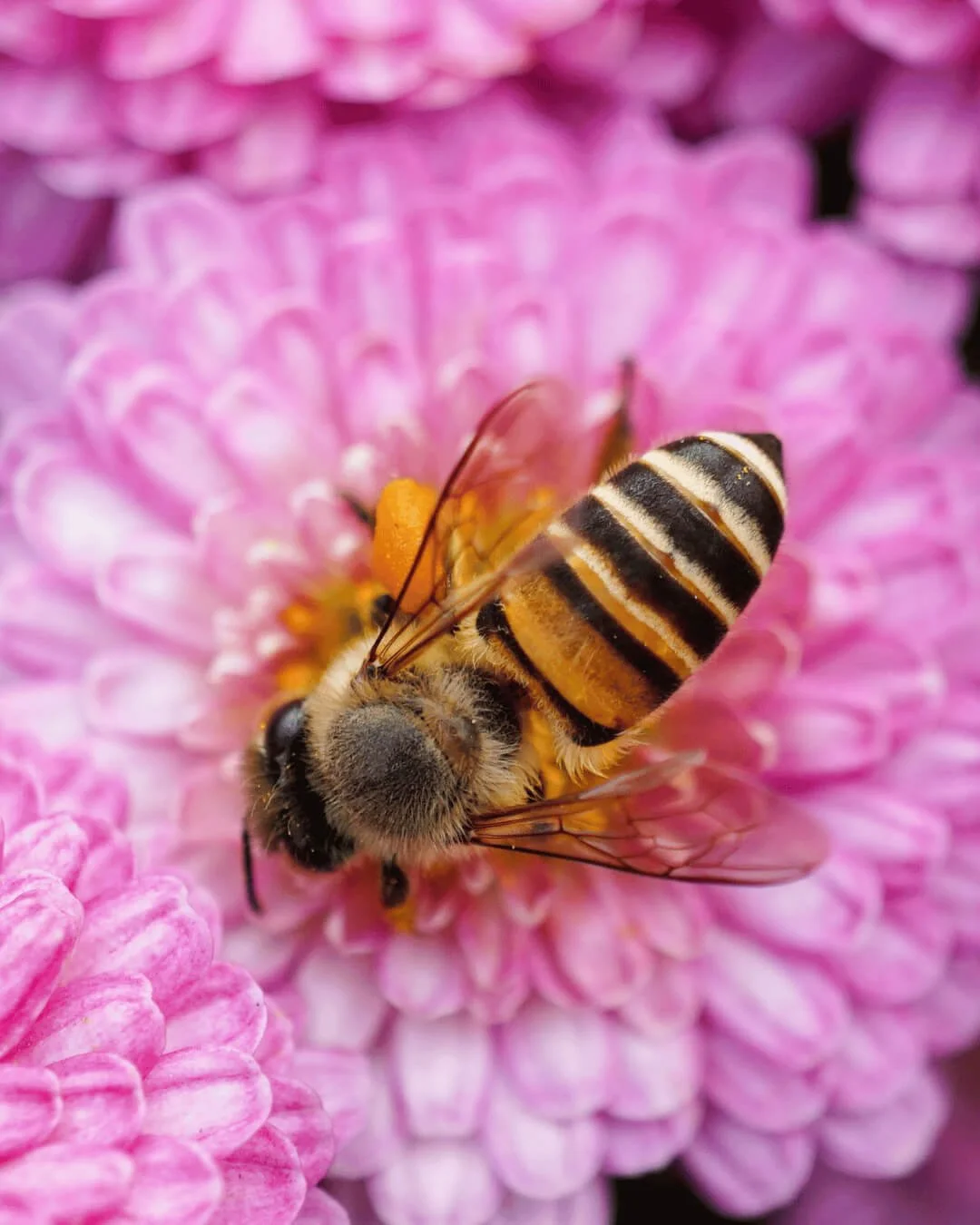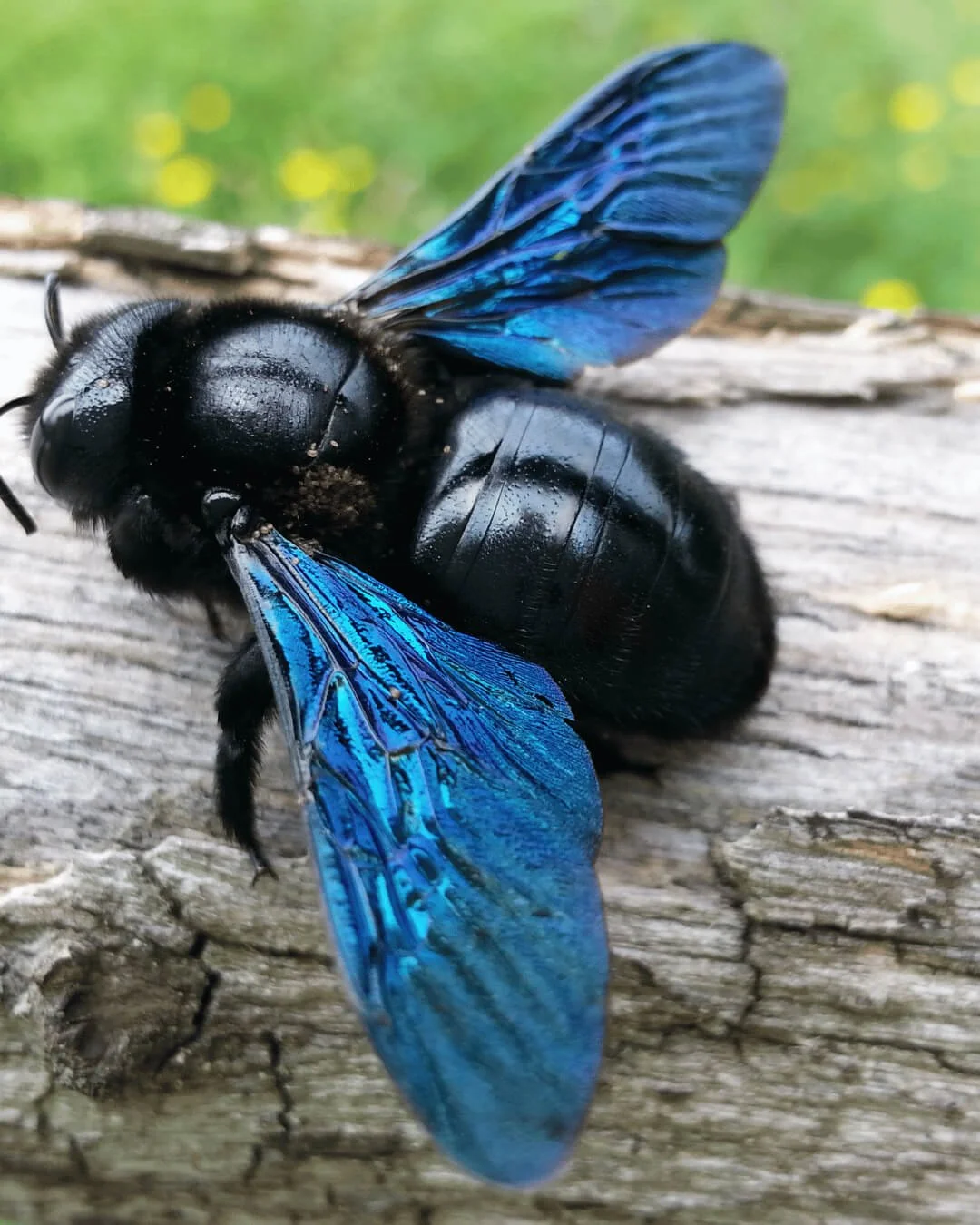World Bee Day & The Importance of Bees Simplified
Ever noticed how your garden gets a little quieter without that gentle buzz? That's where bees come in, and May 20th is their big day! World Bee Day reminds us how these tiny garden helpers keep flowers blooming and food growing. It's the perfect chance to turn a global event into a sweet family lesson.
We thank these hardworking pollinators for keeping our planet thriving, growing food, blooming flowers, and reminding us that even the smallest creatures can make a big difference.
The day raises awareness by encouraging families and communities to plant flowers, protect bee habitats, and teach kids why pollinators matter. This day highlights the important role bees play in everything from gardens to grocery stores.
Want a fun way to teach your kids about bees? Check out these 16+ Bee Crafts for Kids, they're easy, educational, and perfect for curious little hands!
Why World Bee Day Lands on May 20th
Ever wonder how World Bee Day got started? Let's meet the guy behind it. Anton Janša, born on May 20th, was a remarkable figure recognized as a pioneer in beekeeping. To remember his lasting impact and the vital role of bees in our ecosystem, World Bee Day is observed annually on his birth date, May 20th. Serving as a global reminder of the importance of honeybees and other pollinators for agriculture and biodiversity. Now that we know why World Bee Day exists, let's talk about what you and your kiddos can do to help our fuzzy friends.
Make a Fun Kid Project and Help Bees by Planting Flowers
Bees deliver critical ecosystem services by pollinating wild plants and dozens of plant species that feed birds, butterflies, and other animal species. When you plant a small patch of wildflowers in your yard, you're joining a global effort to restore pollinator habitats and reverse the loss of biodiversity. Including native plants makes an even bigger difference, giving local bee species the food sources they've evolved with and making this an easy spring outdoor project that kids can help with, from sowing seeds to counting visiting bees.
Kid-Friendly Ways to Teach Why Bees Matter
Did you know these hardest working creatures pollinate nearly one in every three bites of food we eat? They provide critical ecosystem services that help keep our planet healthy. With all that buzzing responsibility, bees deserve a little extra love! From planting flowers to spotting native bees in the backyard, even simple activities can positively impact food production and our planet's health. These hands-on moments help build awareness of the importance of pollinators in a way young kids can understand.
What's the Buzz? Honey Bees vs. Native Bees
Not all bees come from the same comb! Most of us know that honey bees are the celebrities of the bee world. They are famous for their hive teamwork and sweet bee products. However, they're only one small part of a much bigger, buzzier family.
Scientists have discovered over 20,000 species of bees across the globe, and most of these bees don't even make honey. Instead, they live simpler lives, often flying solo.
Native bees, like mason bees, leafcutter bees, and bumble bees, tend to be solitary or form tiny colonies. Each native bee species has adapted to its environment in its unique way. Learning about them builds awareness of the essential role bees play beyond honey-making.
These bees might nest in the ground or hide in hollow stems, but don't live in hives like their honey-making cousins.
Teaching kids about solitary bees and the different species of bees can be as easy as going on a backyard scavenger hunt. Look for fuzzy bumble bees on flowers or try to catch the hum of honey bees heading back to their hive after a long day. This is a sweet, hands-on way to explore how wonderfully diverse the world of bees really is.
Hey Mom, of course I thought of you, check out this quick peek at some cool bee species (don't worry, it's not all 20,000 of them):
Are Bees Disappearing?
Bee populations are in trouble, and that's something we can't ignore. Surveys have shown that a big chunk of pollinators, over 40%, are at risk of disappearing. The main decline is mainly because we're changing the land around us.
When wildflower fields and meadows are cleared for buildings or houses, etc.., bees lose their homes and food, leading to what's known as habitat loss.
Add pesticides, climate shifts, and other disruptions, and bees are struggling to survive. The decline in bees has a ripple effect across entire ecosystems. One scientist even pointed out that it has serious implications for biodiversity and the health of our planet.
In simple terms, fewer bees mean fewer food plants and a shakier environment.
Helping your kid notice when bees aren't buzzing around a garden or a park full of flowers can be an eye-opening way to show them how much we depend on this tiny creature.
How Bees Help Put Food on Our Plates
Bees do more than make honey; they help grow our food. As they move from flower to flower, they pollinate plants, which is how many fruits, veggies, and nuts grow. Without bees, foods like apples, strawberries, and almonds would be harder to find and more expensive. The vast majority of flowering crops rely on animal pollination, which bees provide.
This matters even more in rural areas, where fewer bees can mean smaller harvests and less food on the table. Talking with your kids about pollination is a simple way to show them how bees help keep everyone fed. It also teaches young people that even small creatures have a huge impact on the way we live.
Next time you're slicing fruit or planting flowers, remind them: bees may be tiny, but they play a big part in feeding the world.
All over the world, people are planting flowers, building bee hotels, and doing their part to protect our buzzing little buddies one yard at a time. These small efforts are having a positive impact on the protection of bees and the pollinators we depend on.
Ready to make learning about bees stick—with glue, glitter, and giggles?
From Learning the Parts of a Bee to using a Handprint and an Easy Recycled Bee Craft to a 3D Bee or a Woven Paper Plate Bee, these hands-on projects make it super simple to talk to your kids about why bees matter. These 15-plus bee crafts are perfect for kids ages 3–10. They're sweet, simple, and packed with opportunities to chat about pollination, kindness, and how bees help our planet thrive. Click here to explore the complete list and let the crafting (and buzzing) begin!







